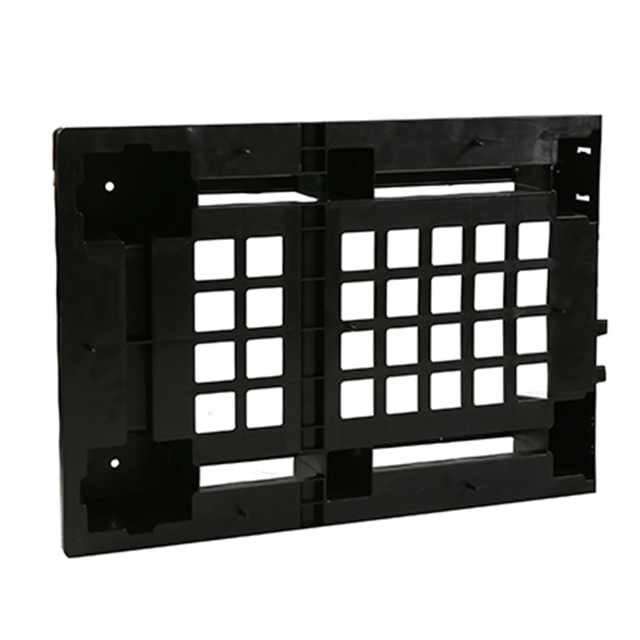How Injection Pallet Moulds Are Designed and Manufactured?

For manufacturers in the plastic moulding industry, developing durable and practical moulds is a central part of daily operations. Among the wide range of products produced, the Injection Pallet Mould stands out as an essential tool for creating plastic pallets used across various industries, including logistics, warehousing, and material handling.
From a manufacturing perspective, the production of an injection pallet mould begins with careful material selection. Typically, high-grade steel is chosen due to its ability to endure high pressure, repeated cycles, and exposure to various plastic resins. The hardness and durability of the material help extend the service life of the mould, reducing downtime for maintenance and replacements.
Precision engineering plays a vital role in mould design. Manufacturers invest time in designing cavity structures, ejection systems, and cooling channels that contribute to consistent pallet shapes and smooth surfaces. Properly planned cooling systems help improve cycle times and reduce the chance of warping or surface defects in the final product.
Flexibility is another consideration in the manufacturing process. Different clients may require pallets with varying load capacities, sizes, and structural designs. As a result, injection pallet mould manufacturers often offer customization services, adjusting features such as grid patterns, runner systems, and surface textures according to specific operational needs.
During the assembly process, each mould undergoes strict inspection routines. This includes verifying dimensional accuracy, surface finish, and the alignment of movable parts. Trial runs are conducted to confirm that the mould functions as intended and produces pallets that meet the client’s requirements.
Ongoing collaboration between the manufacturer and clients is also an important part of the process. Clients may request modifications based on operational feedback or new market demands. Manufacturers remain adaptable by refining mould features, updating design details, and integrating feedback to improve production efficiency and product consistency.
In short, producing an injection pallet mould involves a combination of thoughtful material selection, precise engineering, and flexible production processes. Manufacturers strive to provide tools that support efficient and reliable pallet production for diverse industrial applications.
- Art
- Causes
- Crafts
- Crypto
- Dance
- Drinks
- Defi
- Film
- Fitness
- Food
- Jeux
- Gardening
- Health
- Domicile
- Literature
- Music
- Networking
- Autre
- Party
- Religion
- Shopping
- Sports
- Theater
- Wellness

